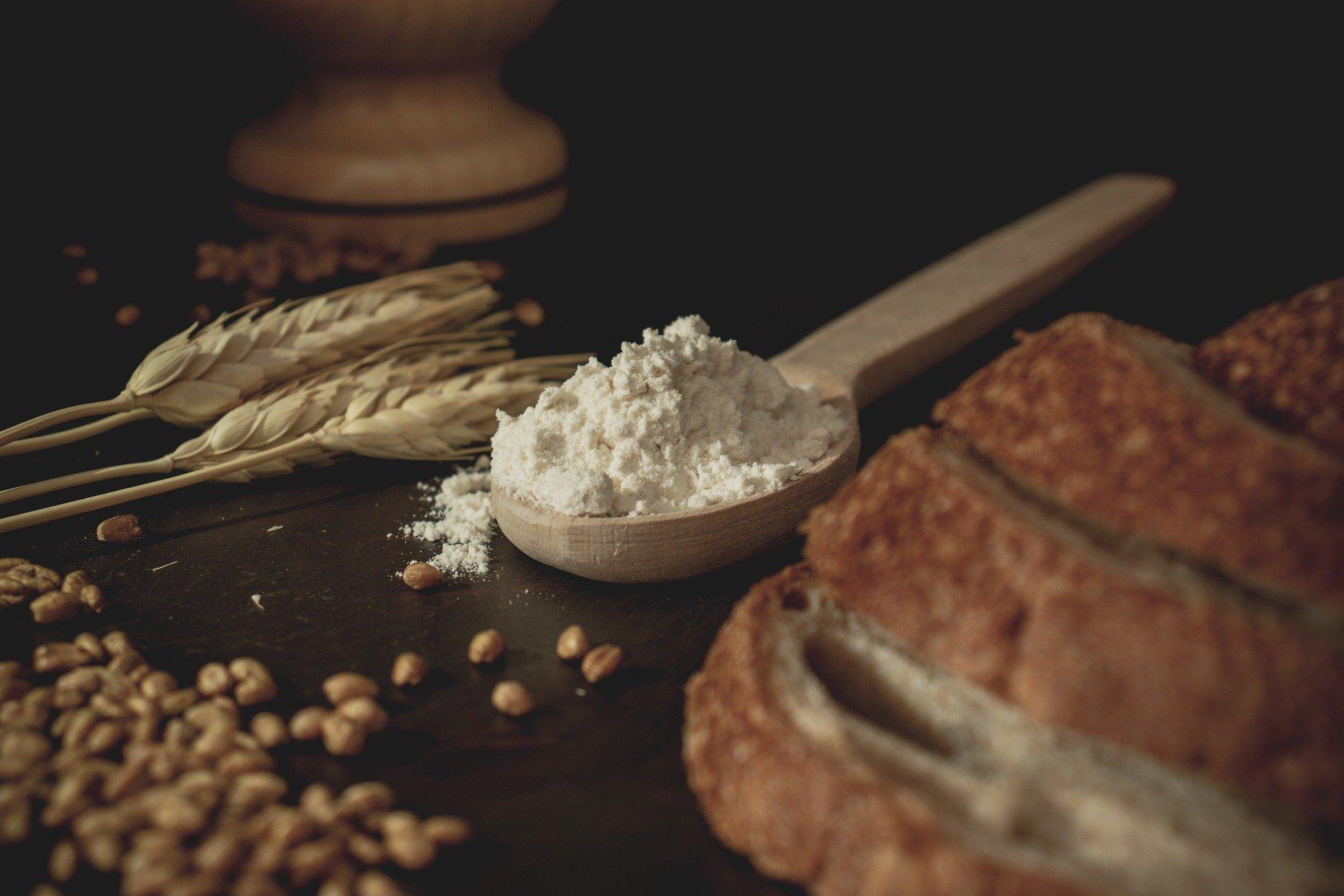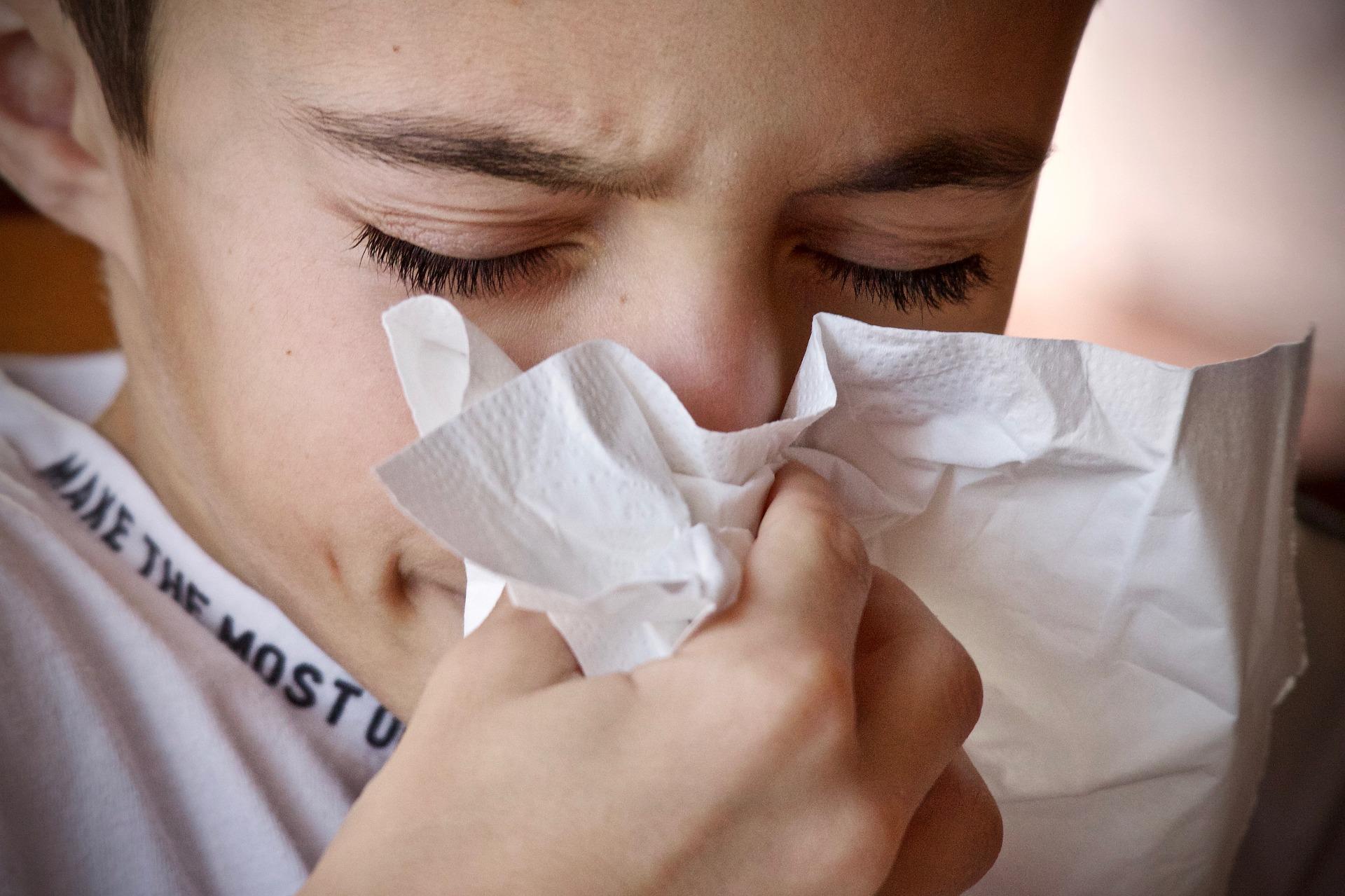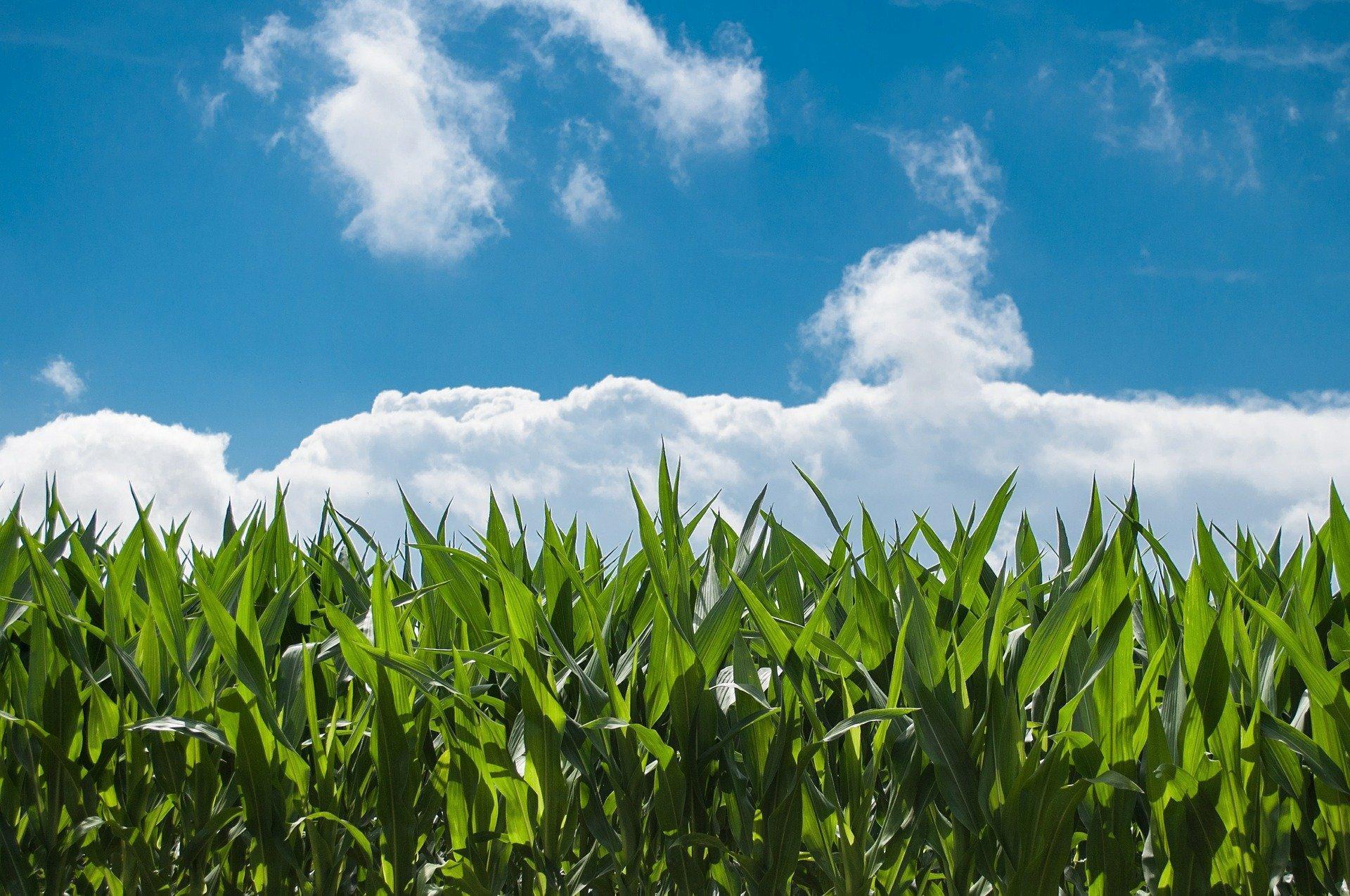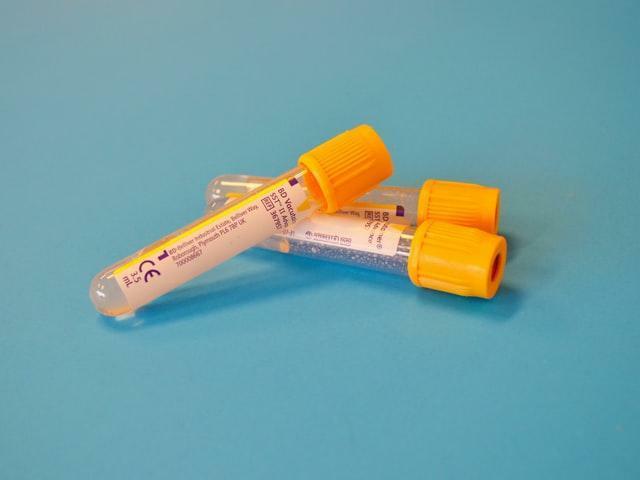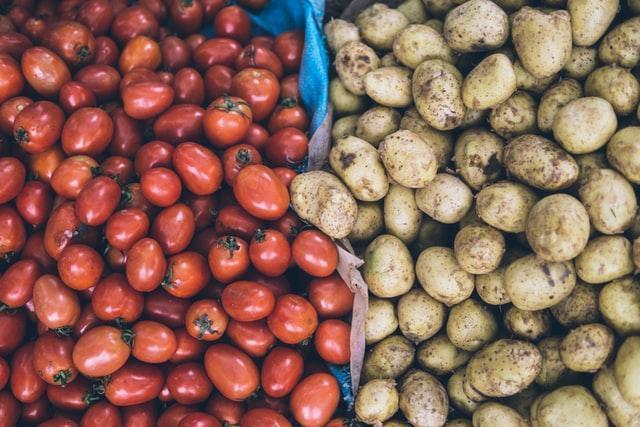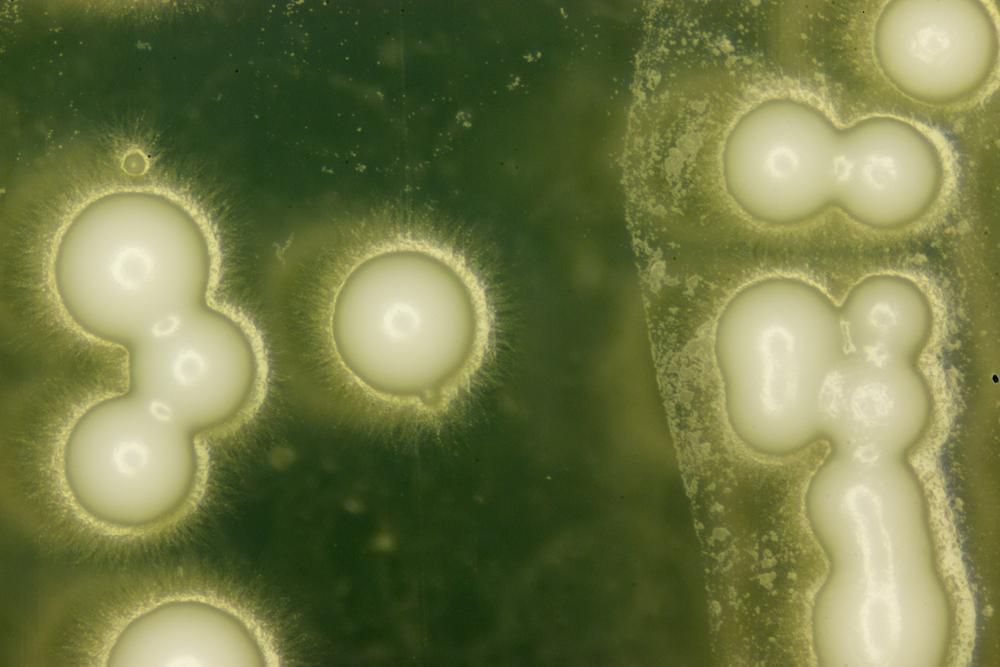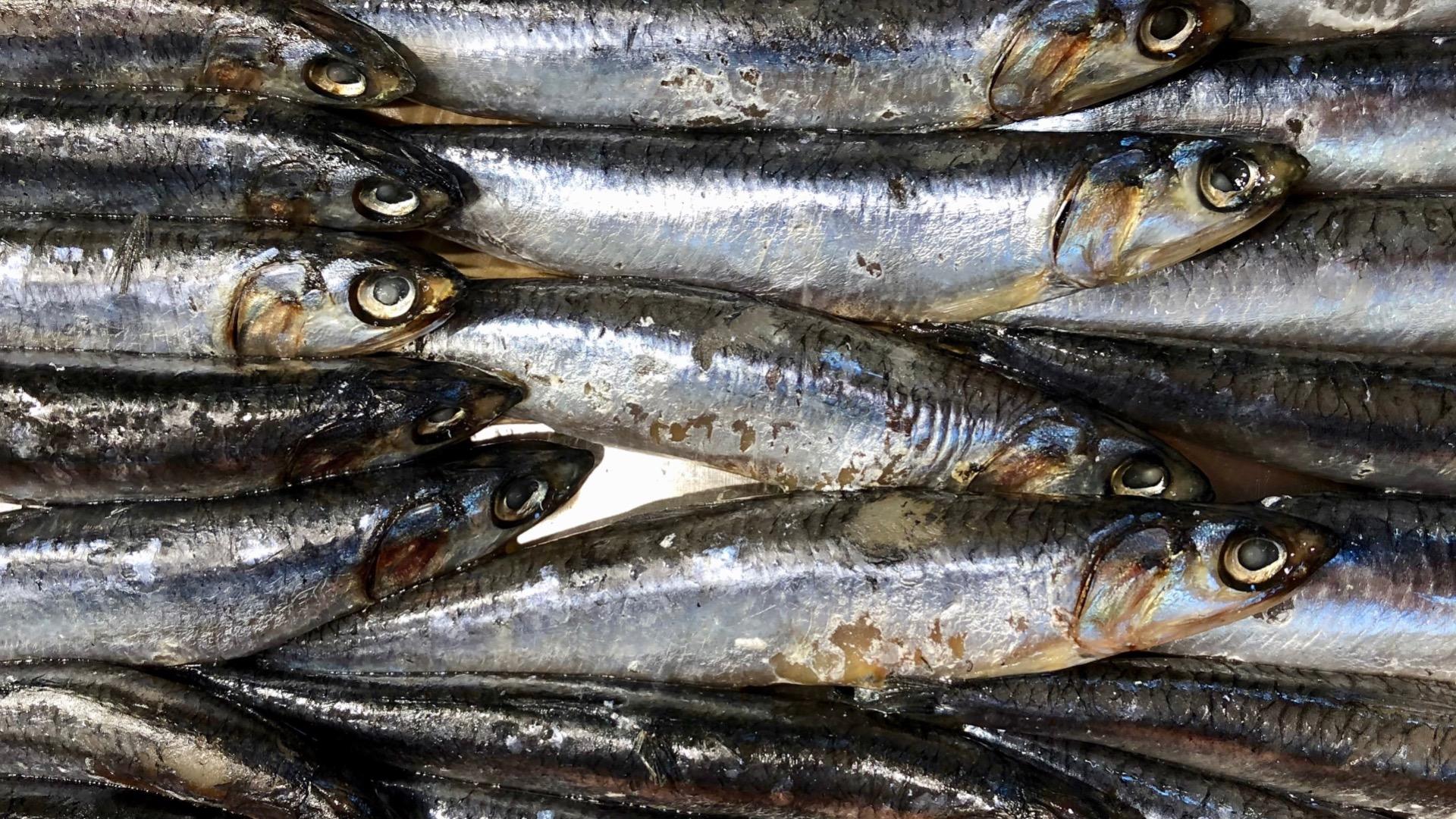Would you believe that around 70% of the consultations we carry out here at
My Pet Nutritionist are surrounding allergies?
The reasons for this are largely multi-factorial and bigger than the scope of one blog article, but as in the words of someone much smarter than us – you’ve got to start somewhere – so we thought we’d explore histamine in a little more detail. What it is, what it does, if indeed it is found in foods and whether there is anything, we can do to reduce the load.
So, let’s get cracking.
What is histamine?
Histamine is a transmitter in the nervous system and a signalling molecule in the gut, skin, and immune system. It is synthesised from the amino acid histidine which is in fact an essential amino acid for humans and dogs. Before we knew better (and in some labs we still don’t), animal studies established that histidine deplete diets result in dog death!
Findings here
Histamine is primarily associated with the functioning of the immune system. During an immune reaction, histamine is released and contributes to the physical changes necessary for the immune system to fight the pathogen, including the increase in blood pressure, temperature, swelling, and constriction in the lungs.
Like all things in the body, histamine needs receptors for it to do its job and there are especially high concentrations of histamine receptors found in the lungs, skin, blood vessels, and gastrointestinal tract.
Histamine is stored in granules in mast cells throughout the body and as we know mast cells mediate inflammatory responses such as hypersensitivity and allergic reactions. The granule protects the histamine; if histamine could float freely it would degrade very quickly. Histamine is released from those granules in response to tissue injury resulting from cold, heat, toxins, and trauma.
As noted, there are numerous histamine receptors throughout the body. H1 and H2 receptors are of most interest in the hypersensitivity and allergic response (but there are H3 and H4 too).
H1 receptor binding results in a range of actions. Peripheral sensory neurons are acted upon which causes itching and sometimes pain. Intestinal smooth muscle is affected causing constriction, cramps and possibly diarrhoea. H1 receptor binding can result in secretory mucosa causing bronchi and nasal mucus. Lastly the pulmonary smooth muscle can be affected resulting in constriction.
There are some tissues that have both H1 and H2 receptor binding sites. This includes the cardiovascular system. Histamine binding here drops blood pressure by widening the blood vessels. It also increases heart rate. There are also dermatological effects resulting in increased permeability. This is often described as the triple response resulting in the reddening of the skin, wheal formation and an irregular “halo” flare, also known as hives.
H2 receptor binding sites are more commonly seen in the stomach itself. Histamine can bind to parietal cells stimulating the secretion of gastric acid. This is why antihistamine medication is sometimes implicated in digestive dysfunction due to the lower secretion of gastric acid – which is ironic, when partially digested proteins can then become antigenic.
H1 receptors are involved in type 1 hypersensitivity reactions (involves immunoglobulin E – IgE – mediated release of antibodies), H2 are involved in Th1 lymphocyte cytokine production, H3 are involved in blood-brain barrier function and H4 are also expressed on mast cells exacerbating histamine and cytokine generation.
The long and the short of it, histamine stimulates inflammation and is a prominent contributor to hyper sensitivities and allergic disease (but it is only one of many mediators of allergic disease).
Histamine kick starts the processes to get rid of the offending particle/s – whether this is to sneeze pollen from your nose, or to expel food allergens from the gut, but it also plays a role in wakefulness, appetite, and endocrine homeostasis. So, histamine is in fact necessary to maintain homeostasis (balance in the body).
But there can be too much of a good thing.
Histamine is released to carry out a function and then it is removed by a few different pathways.
The enzymes we are particularly interested in are diamine oxidase (DAO) along with histamine-N-methyltransferase (HNMT).
DAO inhibition or disruption can result in disproportionate amounts of histamine in the body which can result in a range of GI symptoms along with cardiovascular, respiratory, and skin complaints. Disruption of HNMT function, on the other hand, tends to affect the nervous system.
HNMT inactivates histamine by transferring a methyl group, so methylation is a key process in maintaining HNMT activity.
Methylation is a relatively simple process, but it occurs billions of times every second! It underlies the proper function of virtually every body system. It is dependent on certain key nutrients like folate in its active form, methyl folate, B12 and B6.
There are a number of factors that can affect methylation, from nutrition to genes, but stress and vaccination is a major drain on it. The stress response is a sequence of processes that relies on methylation, depleting key nutrients as it goes. Therefore, if methylation isn’t efficient, HNMT isn’t efficient, and histamine can become imbalanced affecting behaviour, sleep, appetite, immune function and digestion.
A range of factors can increase histamine in the body such as infections, B12/folate deficiency, magnesium deficiency, stress, inflammation, trauma and exercise. Not only that but certain gut bacteria produce histamine. DAO and HNMT can become flooded when there is a high histamine load, subsequently affecting breakdown.
Histamine load can be increased by the ingestion of high-histamine foods too, but the release of it can also be promoted in the body, by foods we know as liberators. The following list is of foods to avoid
if opting for a low-histamine approach to hypersensitivity, whilst getting to the bottom of things.
- Fermented foods (kefir, sauerkraut etc, prebiotics)
- Tripe
- Vinegars (including ACV)
- Long-stored nuts
- Beans and pulses
- Canned foods
- Citrus fruits
- Banana
- Wheat germ
- Spinach
- Canned fish (salmon can contain more histamine than most)
There is also discussion around yeast behaving as a histamine generating catalyst, so the general rule of thumb is to avoid yeast in a low-histamine diet. Also food cooked for extended periods of time such as bone broth (with added ACV). These food can be a great addition but can add to the histamine load.
On the other side of the scale, there are some things you may consider adding to the diet to mitigate histamine response or support allergic responses.
Quercetin is categorised as a flavonol, one of the six subclasses of flavonoid compounds. It reduces inflammation through inhibition of the release of inflammatory markers and histamine. Not only that but it is thought to strengthen the lungs and prevent bronchial constriction. Quercetin-type flavonols are widely distributed in plants. They are found in a variety of foods including apples, berries, Brassica vegetables and tea, as well as many seeds, nuts, flowers, barks, and leaves. Quercetin is also found in medicinal botanicals including
Ginkgo biloba and chamomile.
Nettle blocks the activity of histamine – ironic when nettle stings, sting! But it prevents the release of other pro-inflammatory cytokines. Nettle can be made into a tea or tincture, or the leaves can be dried.
Caution to be taken in those with a possible allergy to nettles.
Bromelain has anti-inflammatory and immunomodulatory properties. Most commonly found in pineapples, you can also find it in supplement form.Ironically, pineapple is often noted as a food high in histamine, but bromelain is seen as one of the best natural antihistamines.
There are also a number of vitamins and minerals that can support histamine detoxification and allergy response:
Vitamin C normalises the actions of lymphocytes and neutrophils and supports histamine detoxification.
DAO metabolism and detoxification: key nutrients include
copper, vitamin C and B6.
HNMT and methylation support: key nutrients include
folate and B12.
Top Tip:
Reduce the ‘load’ on detoxification pathways to further support histamine break down by reducing environmental exposure to heavy metals, air pollution, pesticides, chemical pollutants etc.
Summary
Whilst it’s clear that histamine plays a role in hypersensitivity and allergic responses, it’s not quite as simple as avoiding histamine and hoping it goes away. Histamine is in fact necessary for many processes in the body, and to that end there are many factors that can increase (or decrease) its levels. Whilst we often advocate fermented foods and the aforementioned, sometimes reducing this load from the diet can help reduce the histamine load and ease itching somewhat. There can be a high level of histamine, but equally, poor detoxification of it (thanks to genetics, stress, nutrient depletion and many more). When managing sensitivities, it’s a bit of a car crash. You may see the broken bumper, but it’s not until you get it to the garage that you see the broken radiator, shunted engine and wonky chassis.
Our job at My Pet Nutritionist is to help you, as an owner look behind the bumper and help compile a plan to support your pet’s healing journey. Check out our services
here.
Thanks for reading!
MPN Team x











